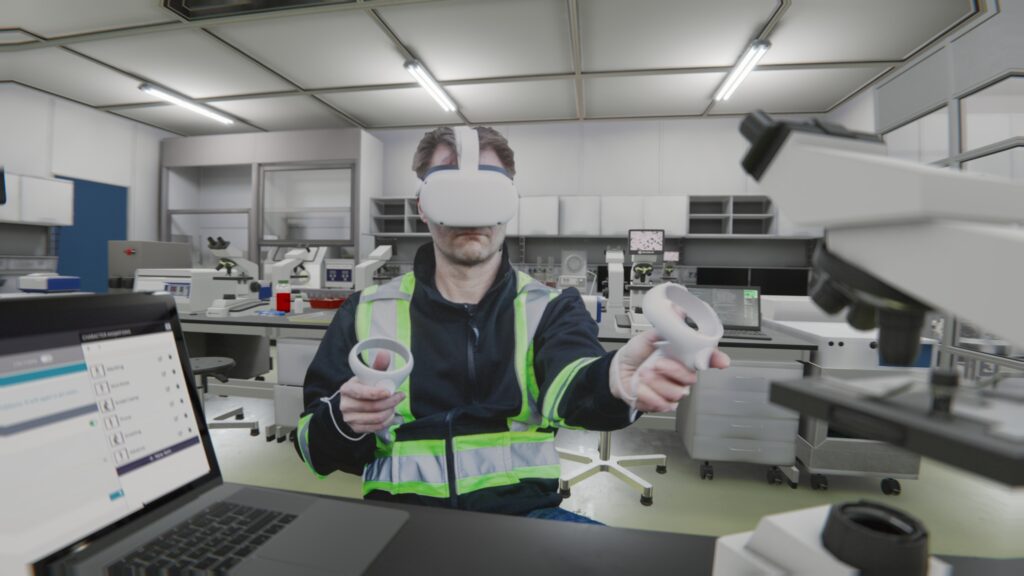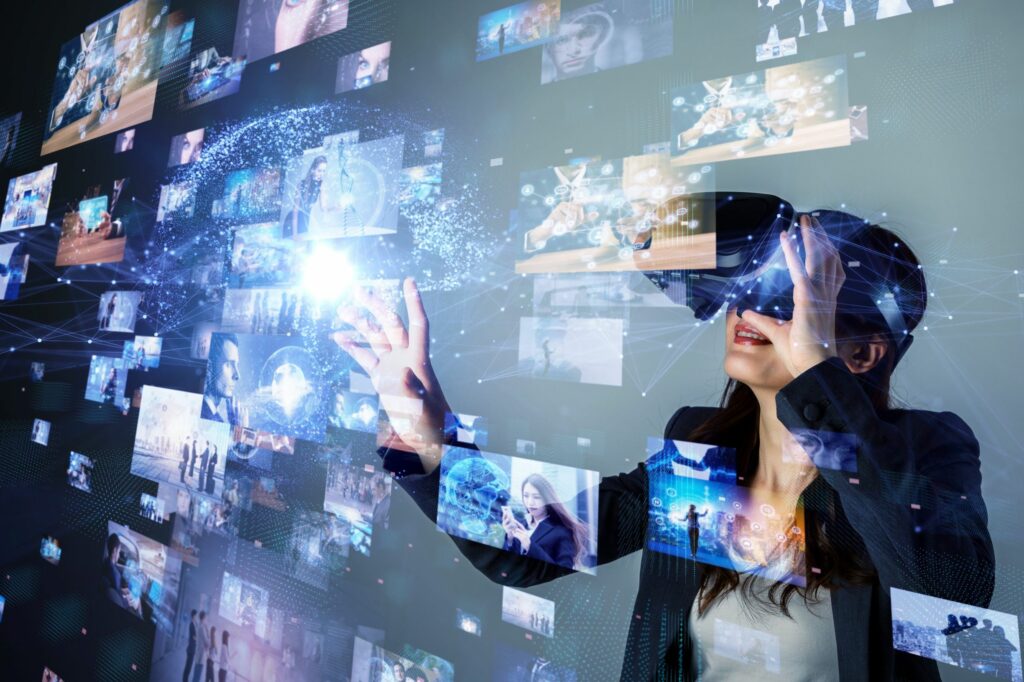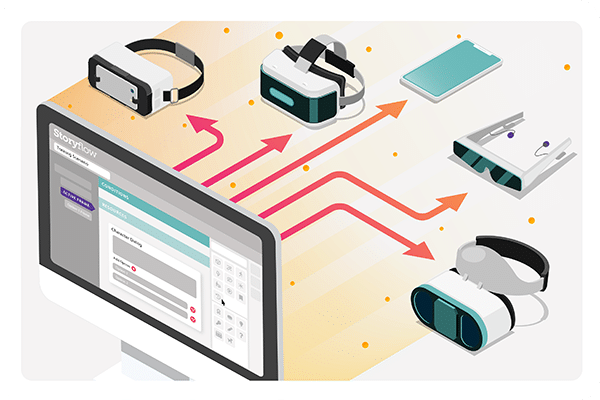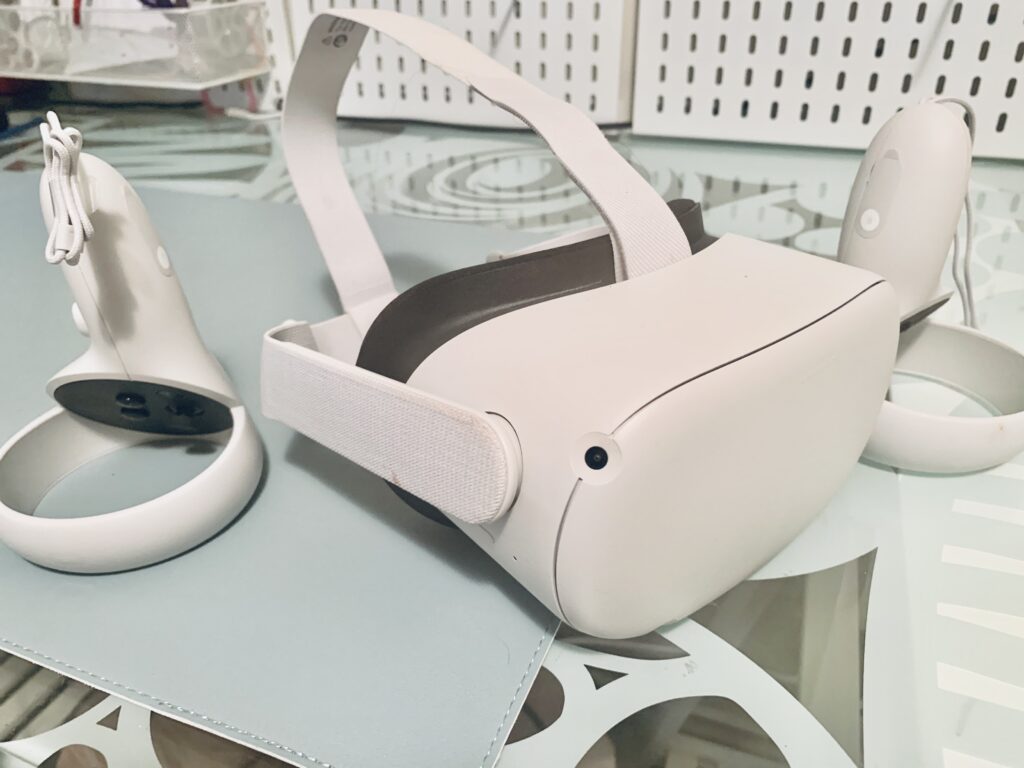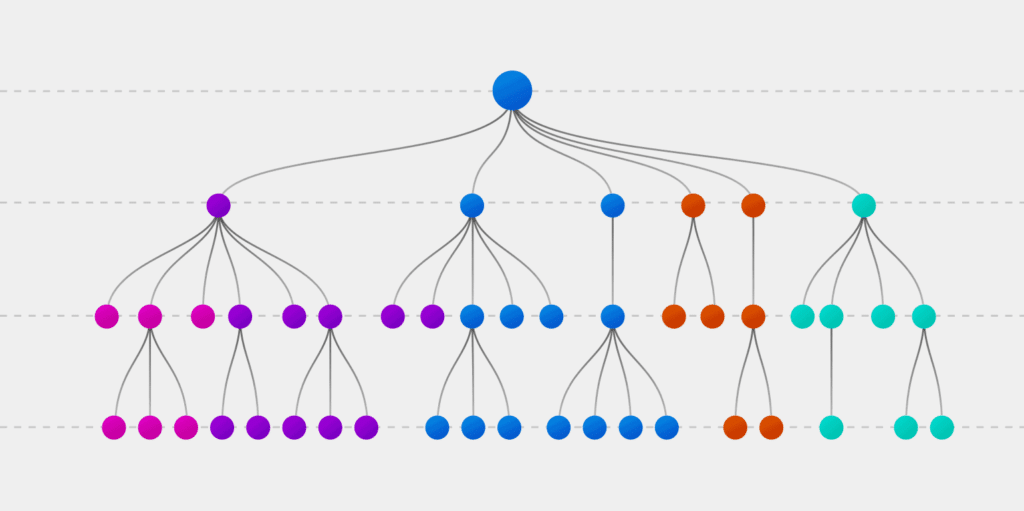VR Training
Get Consistent & Reliable Training Data with VR
VR is an excellent way to get consistent insights into how your trainees are doing. Assessments are unbiased and rich giving you clear and useful training data.
Read MoreVR Design: Essential Lessons Learned
Recently, I met with some of the staff of Motive.io and asked them this question- What are the biggest lessons you have learned in VR Design? This is what they said: Mechanics do not need to be Hyper-realistic for a good VR Experience The biggest lesson I have learned is how unimportant hyper-realistic mechanics are…
Read MoreEssential Elements of Great VR Learning Design (Part 2)
This blog is a continuation. If you haven’t done so already, read Essential Elements of VR Learning Design (Part 1) for more context. Must haves for excellent VR learning design Environment where learners are comfortable Providing an environment where people are comfortable is a must-have in VR learning design. Virtual reality is a very unique…
Read MoreEssential Elements of Great VR Design for Learning (Part 1)
As the process for designing VR continues to evolve, a few aspects have proven to be consistent. Here are a few essential features of great VR design as well as some less important areas to remember. Comprehensive experience project planning Comprehensive experience project planning is a must-have in VR design. The VR planning stage is…
Read MoreDesigning and Developing VR Experiences
Virtual reality design and development are becoming a more attractive and attainable option to many content creators. More innovation and development have resulted in a refinement of a typical creation process. According to the Motive staff, there are a few things you should know as you embark on designing and developing VR experiences. Before you…
Read More9 Reasons Content Tools Help You Scale VR Training
There are many factors involved in successfully scaling VR training in an organization. Your ability to scale VR depends on keeping costs at a reasonable level. One of the best ways to control costs is to ensure that training professionals have the right tools. Why do content tools help you scale VR training? Scaling VR…
Read MoreKey Considerations for VR Training Deployment
Last time, we discussed the storage and sanitization of our VR equipment. These are just two pieces of the puzzle when implementing and maintaining a successful VR program. This blog will explore what type of training space users require for an optimal VR experience and successful VR training deployment. What does a portable VR set-up…
Read MoreAuthoring Branching Scenarios in Virtual Reality
Introduction to branching scenarios in virtual reality Branching scenarios are an interactive, challenging, and immersive type of training design. It is a popular approach that allows a user to face real-world challenges, make decisions, and then face the consequences. From a developer’s perspective, this type of training is an effective way to validate learning, encourage…
Read MoreScenario-Based Learning for Soft Skills Training in VR
What is scenario-based learning? A popular and creative way to deliver soft skills training is through scenario-based learning – specifically what is known as branching scenarios. Branching scenarios are likened to the “choose your own adventure” books, popular in years past. As the participant makes decisions based on their knowledge of the subject, the scenario…
Read MoreSoft Skills, VR, & Conversational AI
How are VR and conversational AI poised to transform soft skills training in the modern workplace? Soft skills training is challenging to administer and effectively develop. By nature, soft skills concepts have nuance, ambiguity, and emotion. These scenarios and the emotional expressions they mimic are complex and challenging to recreate realistically. Learning and development have…
Read More

